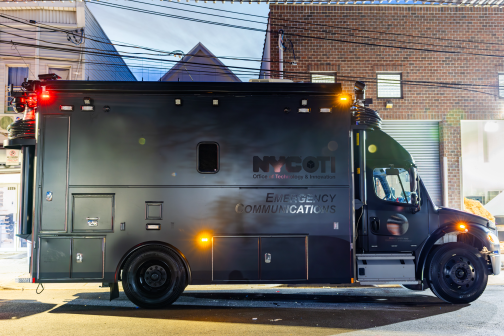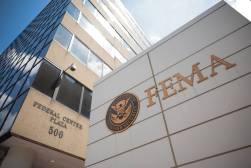FEMA’s $40M for state alert and warning systems may not be enough

Last week, the Federal Emergency Management Agency made $40 million available under the Next Generation Warning System Grant Program, with the goal of helping states build stronger emergency communication systems that allow officials and first responders to push timely information to the public faster, with the goals of saving lives and better protecting critical infrastructure.
The program funds technology that will improve the timely delivery of public safety information, including adopting FEMA’s national alert system, outdoor sirens or loudspeaker systems, as well as visual and audio alerts on things like digital billboards, signs and kiosks.
The new funding comes after a series of devastating natural disasters that highlighted the importance of emergency alerts, warning systems and sirens. Last month in Central Texas, where extreme rainfall caused catastrophic flooding along the Guadalupe River and left 135 people dead, many of them children from Camp Mystic, there were reports that residents did not receive emergency alerts or evacuation orders in time.
Similarly, Hawaii’s outdoor siren warning system, the largest in the world, was not activated during the deadly Lahaina fires in 2023, causing delays in critical evacuation zones that resulted in immense property damage and more than 100 people dead. Some experts have claimed this was due to mechanical failure or because cellular service wasn’t working.
Ratna Dougherty, an assistant professor at the University of South Florida’s public affairs school, told StateScoop she worries that $40 million spread across dozens of states and thousands of local governments might not cover the costs of deploying enough new communication tools.
“Is it enough? I think the answer is obviously not,” Dougherty said.
She also emphasized the importance of educating the public on how to properly respond to emergency alerts and warning systems in order for alert technologies to be effective, especially since different natural disasters offer varying lead times. Hurricane warnings and wildfire warnings are typically issued 36 hours in advance. The National Weather Service aims to provide at least 13 minutes of warning before tornado strikes, though the actual lead time can vary and averages around 30 minutes.
A 2017 report from the National Institute of Standards and Technology found that there was no single warning system the was the most effective at reaching the majority of people, but recommended governments use multiple systems that cover large areas to deliver a specific, actionable message.
“You could throw $400 million at this issue and you will still have deaths from a lack of alerts and and it’s not necessarily because the alerts don’t exist, but that they’re not resonating,” Dougherty said.
In addition to grant funding for alerts and early warning systems, FEMA also recently opened nearly $1 billion in grant funding to help states prepare for disasters like fires, floods, tornadoes, earthquakes and hurricanes, as well as incidents like terrorist attacks and massive cyber disruptions.






